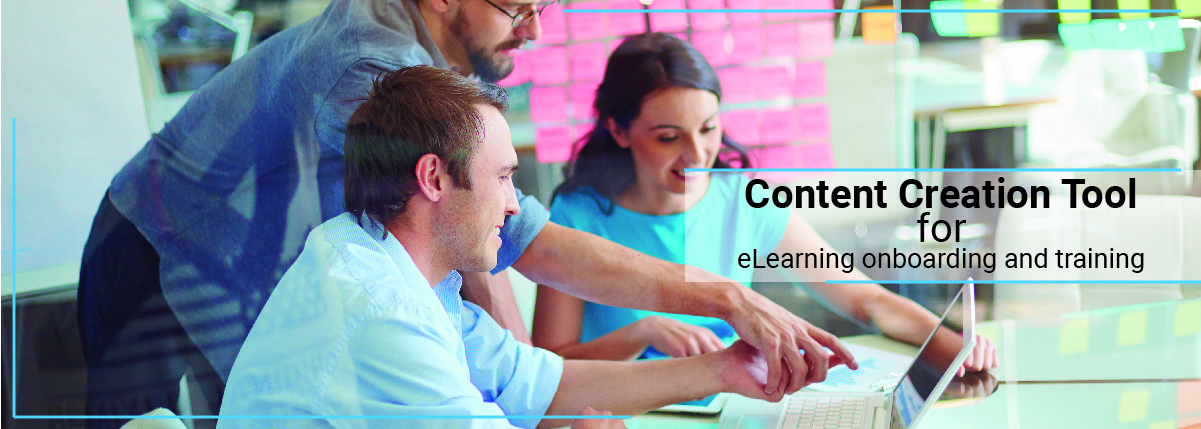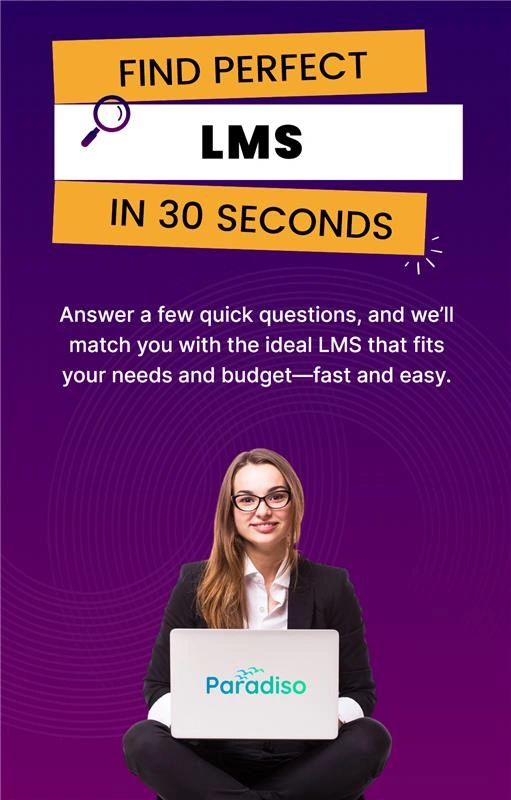4. Choose a useful tool for content creation: Perform research about the existent tools to create digital content, make sure its interactive, with animated graphics, images, slides, among others. When you know about these tools, choose the most appropriate for your need, some are free, others need licenses; According to your investment capacity, you can choose. There are also companies that can help you with content creation with the basic information you provide, in this case, choose a company with experience and track record, such as Paradiso Solutions. If your courses rely heavily on visual learning, consider using an AI presentation creator to automatically design engaging slides and animations that make online lessons more dynamic and interactive.
In addition to using specialized authoring tools, organizations can also explore leveraging authentic learner-driven media such as UGC creators. These creators help produce relatable micro-videos, scenario-based content, and real-world testimonials that can be integrated into onboarding modules. Incorporating UGC-style assets within Paradiso LMS enhances engagement and retention by giving learners peer-to-peer context, not just instructor-led instruction.
5. Be specific: When we talk about virtual learning, the information must be simple, relevant and preferably not extensive. For example, documents with 100 or 200 pages won’t be attractive for online reading. If you consider it relevant to expose all the information that this document contains, you must divide your information into short videos, short and animated pieces, interactive games or readings and from time to time you can add links, questions or activities that make the student more active, will allow that they distribute the time and encourage them to continue.













